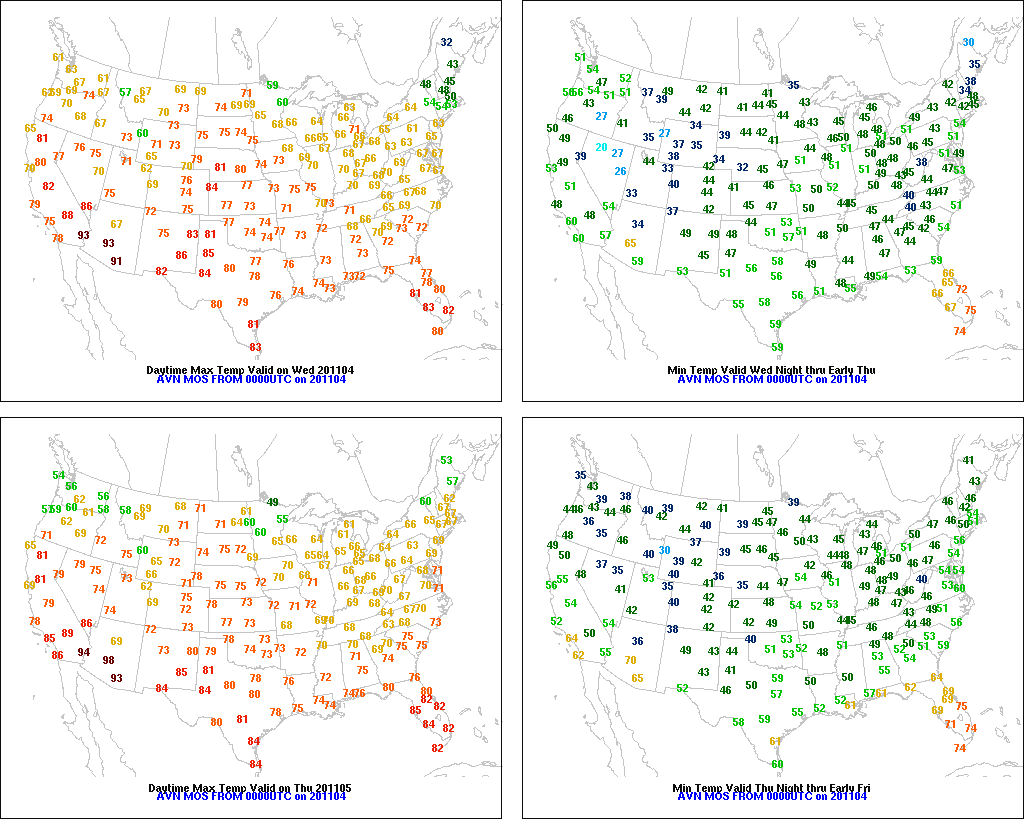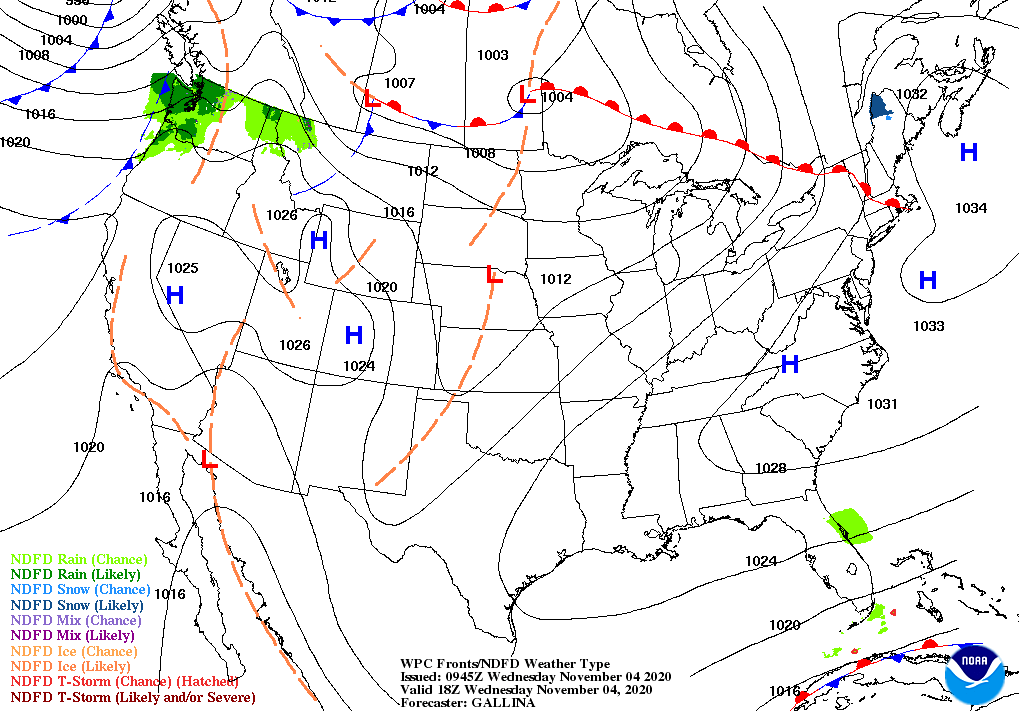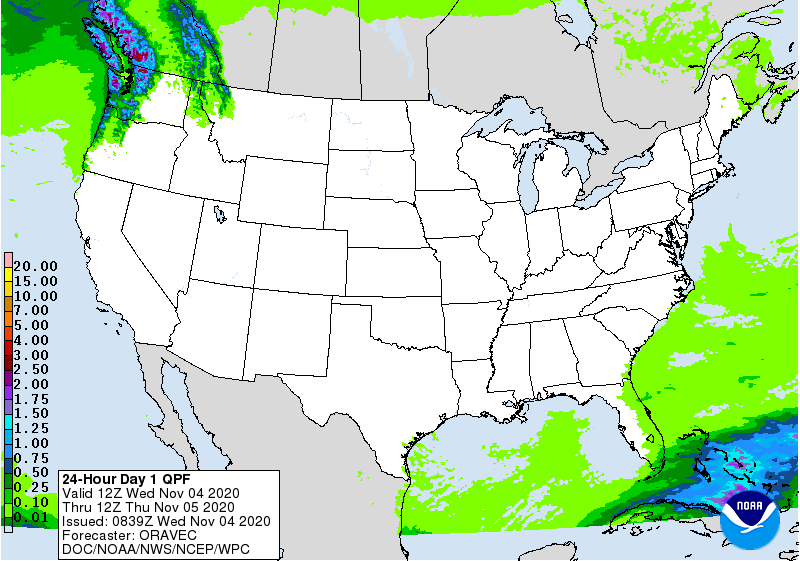Weather
Very mild, dry weather covers the Heartland

Across the Corn Belt, mild, dry weather is helping to push corn and soybean harvesting toward completion in most areas. Wetness lingers, however, in the eastern Corn Belt, where Ohio’s topsoil moisture was rated 35% surplus on November 1. On the same date, only 41% of Ohio’s corn had been harvested, the lowest percentage among major production states.

On the Plains, a return to warmth and recent topsoil moisture improvements are helping winter wheat become more fully established prior to dormancy. The more favorable conditions follow a cold, mostly dry start to the winter wheat growing season, which has led to the greatest amount of the crop—19%—rated in very poor to poor condition in early November since 2012. Despite the recent precipitation, topsoil moisture was more than 50% very short to short on November 1 in all Plains States, except Oklahoma.

In the South, dry weather accompanies a gradual warming trend. Many Southeastern producers are finally getting an extended opportunity to harvest summer crops such as cotton, peanuts, and soybeans, although localized wet pockets persist. On November 1, topsoil moisture was rated at least 20% surplus in all Southeastern States except Georgia and South Carolina.

In the West, scattered showers are limited to the northern Rockies and the Pacific Northwest. Drought continues to dominate the Western landscape, with rangeland and pastures suffering and soil moisture largely depleted. On November 1, topsoil moisture was rated at least three-quarters very short to short in California, Colorado, New Mexico, Oregon, and Utah. Many Northwestern winter grains need moisture to ensure proper establishment prior to dormancy.

Add Comment